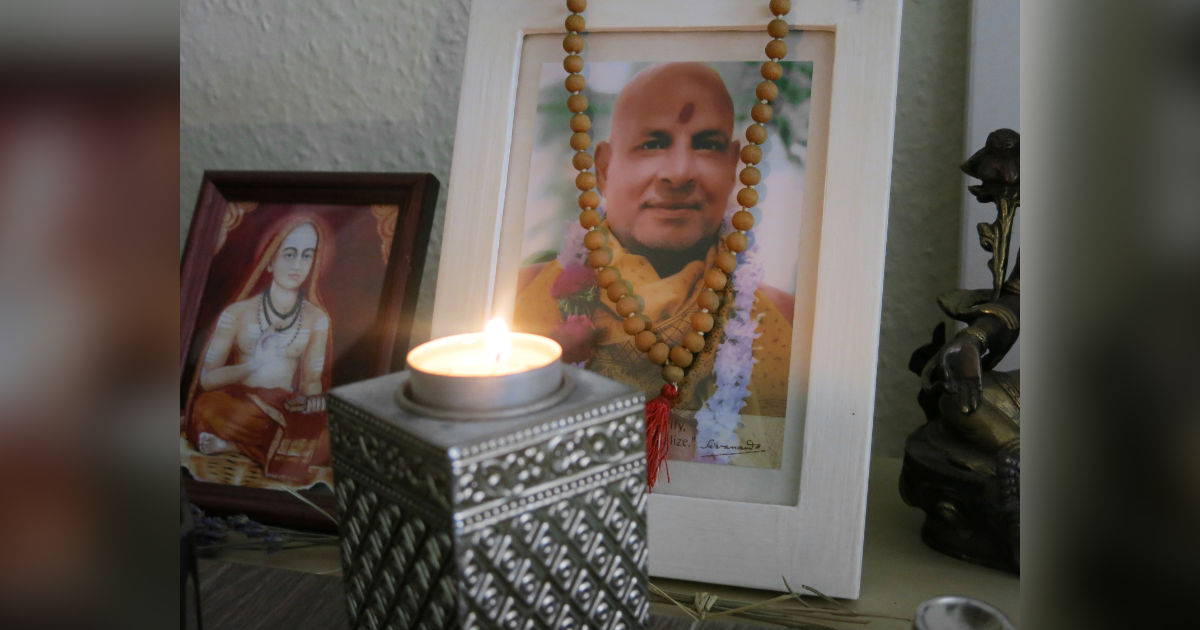Hinduism is the world’s oldest religion. It is also known as Sanatana Dharma. It is a natural religion and its practices and philosophies are considered accessible to all.
All beings from the smallest organism to man, are considered manifestations of the divine. Hinduism views the universe as a family, or in Sanskrit, Vasudhaiva Kutumbakam. Continue reading

